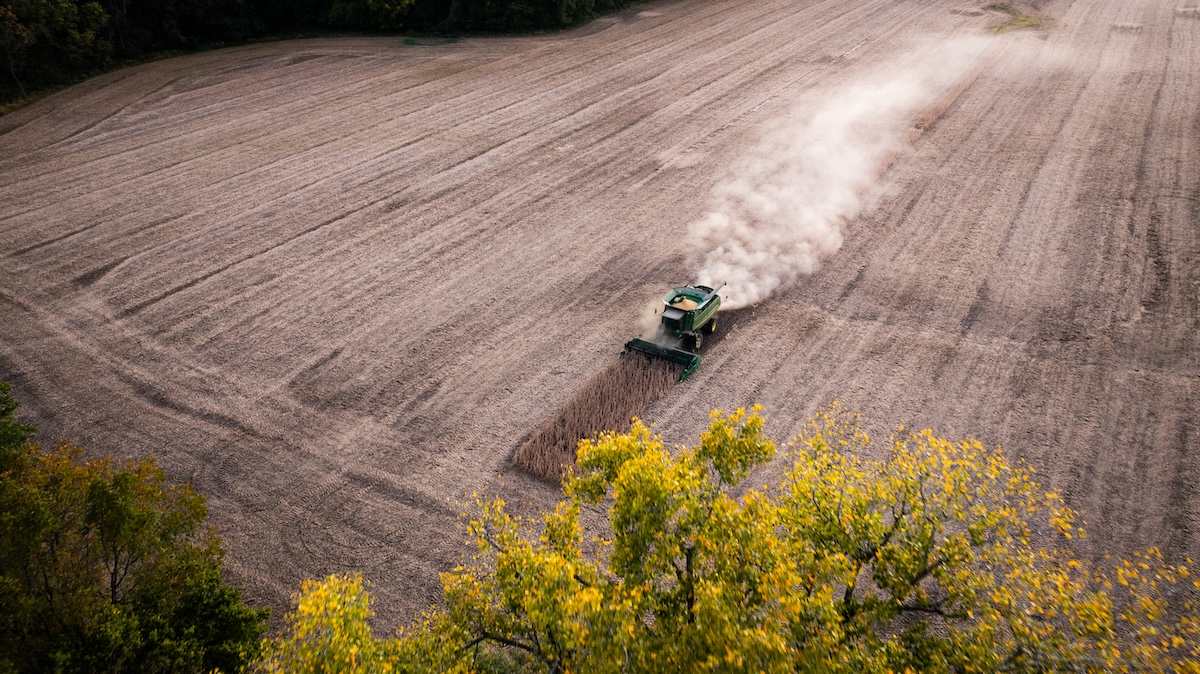
The Future of Farming: Top Tech Innovations Changing Land Use
Tractors that drive themselves. Computer software that monitors crop and livestock health. Drones that streamline once-time-consuming projects.
The future of farming is ever-changing. Top tech innovations are changing land use, too. Without question, innovations in agriculture, future farming technologies, and tech-driven farming solutions continue moving agriculture into new realms.
There are numerous reasons for this:
● An ever-increasing world population that requires increased food production.
● Societal needs pushing for more streamlined ag production.
● Labor shortages demanding more efficient farming technologies.
● Rising production costs require better methods to offset expenses.
● Enhanced food securities calling for improved handling at each step in agricultural processes.
● Changing regulations and land uses and values influencing what can and can’t be done on the landscape.
● And more.
Of course, many of the above reasons for farm tech innovations lead to increased efficiency, conserved resources, reduced waste, improved sustainability, etc. As a result, interesting patterns are showing elevations in precision agriculture. Here is more of what you should know.
Editor’s Note: This is not financial, investment, legal, or real estate advice. Consult with a financial planner, investment specialist, real estate lawyer, and real estate professional before buying or selling land at auction.
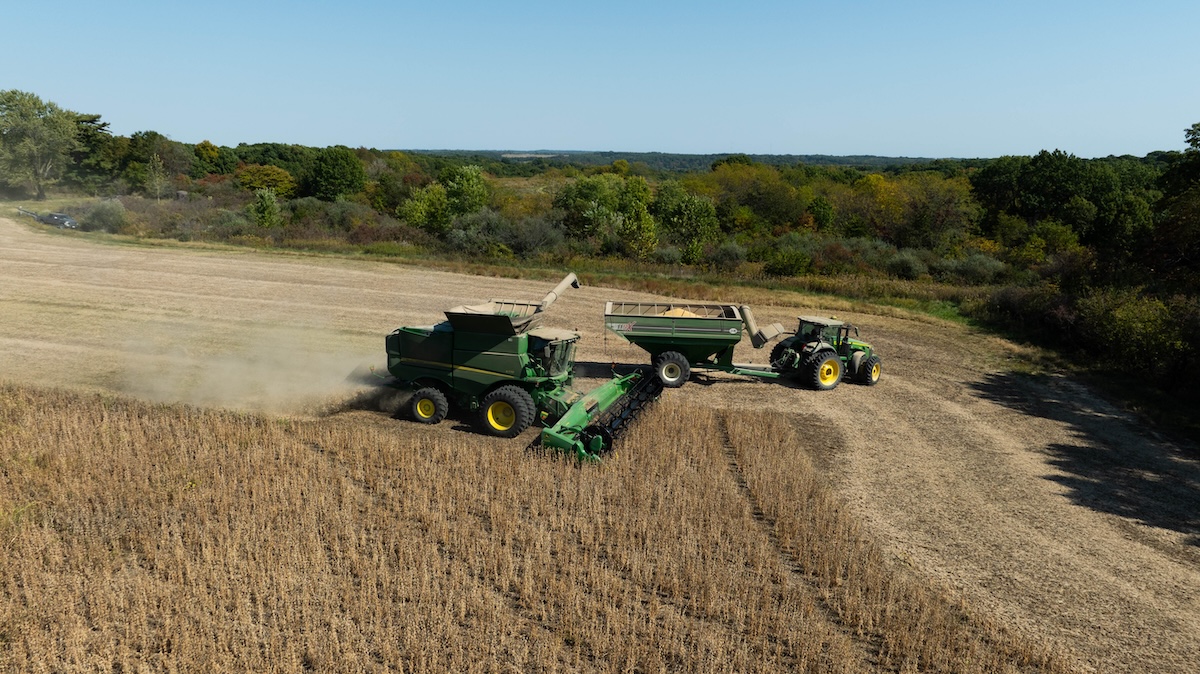
AI-Driven Crop Assessment
AI is enveloping virtually all areas of life. Now, it’s being integrated into agricultural technologies. Satellites, sensors, software, and more, are using AI for faster analysis, prediction models, and more. Fast analysis provides better and more efficient answers in a much faster manner. Prediction models help managers and operators to assess situations and results. The overarching goal? Better crop capacities and yields.
Automation
Another advancement is automation. For decades, automation has made factory settings, and other industries, more advanced. For example, conveyors changed assembly lines. Tractors replaced farmhands. The list goes on. Now, automation is increasingly changing many different elements of the ag crop, beef cattle, and dairy industries.
Better Infrastructure
Elevated infrastructure is another advancement in farming. Larger granaries, streamlined points of sale, and much more, can help ag producers throughout the nation. Enhanced food production is leading to more efficient means of growing, harvesting, and otherwise handling crops. This increased efficiency is leading to a better overall system for food production. That starts with infrastructure.
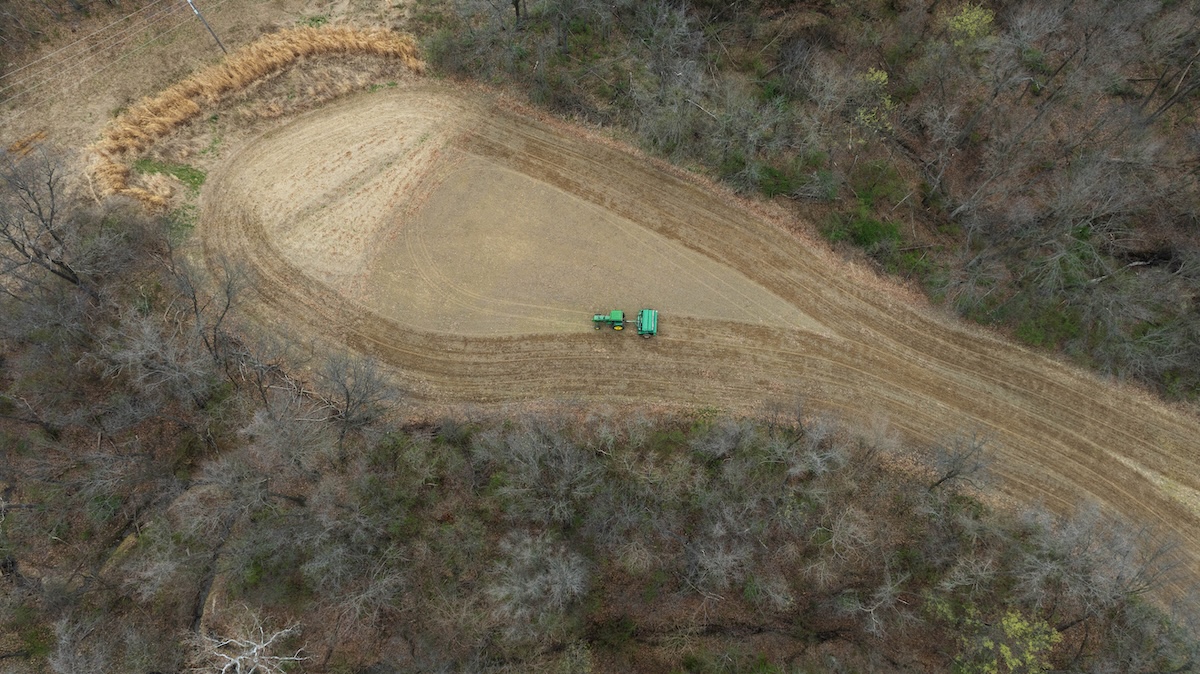
Bioremediation
While some might be unfamiliar with the term, bioremediation is the process of enhancing soil health. This advancement in knowledge has led to better soil health, healthier plants, and increased yields. The natural processes associated with bioremediation accomplishes numerous things. First, microorganisms break down soil matter. Furthermore, it reduces soil pollutants, restores subpar soil to good status, and improves overall soil quality.
Drones
The use of drones is moving into different industries with incredibly positive impacts. The ag realm is one of these. Drones are showing great utility for a variety of important crop- and livestock-related tasks.
The first is the spraying of herbicides and pesticides. This allows ag professionals to spray growing crops without damaging them. It also saves on fuel costs, large equipment purchases, etc.
Applying fertilizers is another important procedure. Historically, this required the use of trucks with hoppers or tractors pulling buggies or carts. Now, in some instances, it’s possible for drones to complete this work.
Efficiency involves saving time. Drones can assist livestock managers in this way, too. For example, most cattlemen drive their fields once or twice per day to check and count their herds. During calving season, it’s even more prevalent. Now, drones can do that cheaper and faster.
For crops and livestock, drones are great tools for overall health maintenance. Need to check the cows? Fire up the drone and save time and fuel. Need to check crops for disease, growth, etc.? Deploy the drone to accomplish this.
Interestingly, while some might think that the use of drones is highly priced, most would be pleased to know that it’s shockingly economical to use drones in certain ag-related applications.
Farming Simulators
Simulators are used in all manner of industries. Manufacturing, retail, sports, and many more. Now, these are also being used in agriculture. Farming simulators even help ag professionals learn to operate equipment, manage crops, manage livestock, and much more. The use of farming simulators is improving ag production and educating ag professionals across America.
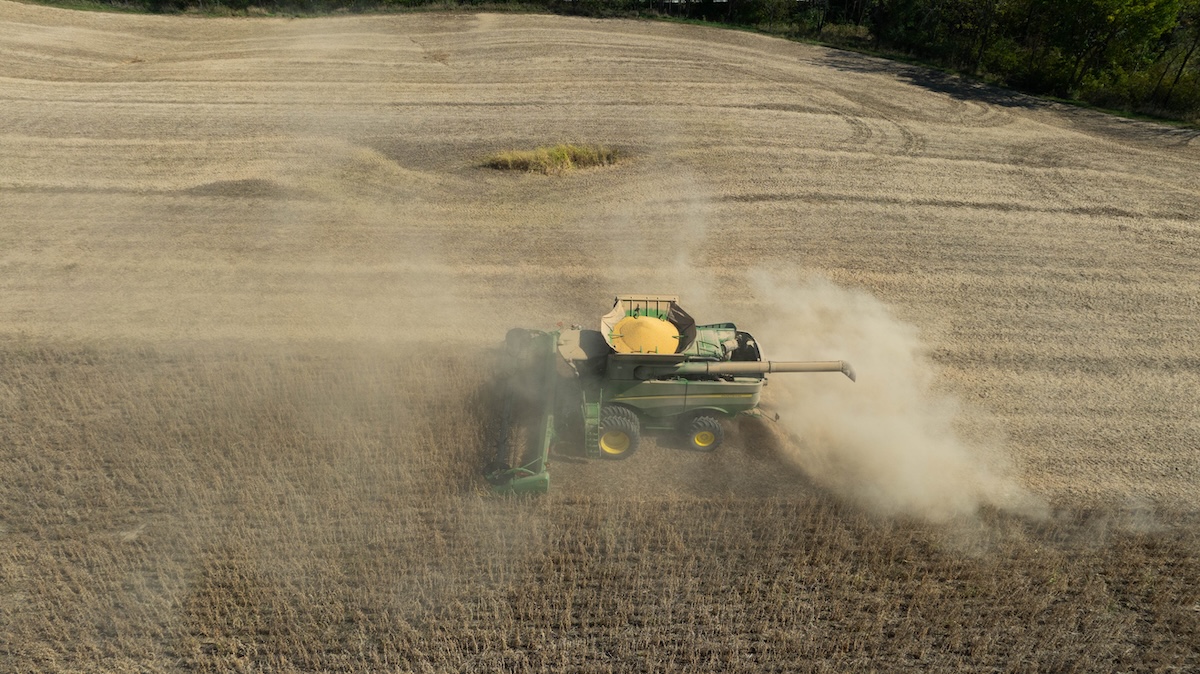
Gene Editing
Gene editing is common within the crop sector. This is actually a grouping of technologies, of which enhance numerous elements of the plant growing process. Of course, gene editing impacts all stages of plant life from seed to harvest. Generally, the goal of gene editing is crop resistance to disease, drought, and other challenges. It also aids in improving crop yields, elevating crop nutritional value, and improving overall efficiency of crop production (i.e.: roundup ready corn and soybeans).
Genetic Enhancement
On the livestock side, genetic enhancement is relatively equivalent to crop gene editing. For example, cattle are bred and enhanced for lower birthing weights, higher weaning weights, increased marbling in meat, and more. Of course, other animals, such as goats, sheep, hogs, horses, and more, are commonly bred for their respective utilities.
GPS
While not a new technology, or even new to farming, GPS continues to play an integral role in agriculture. This is especially integrated into larger tractors used for planting, spraying, and harvesting crops. This ensures the proper seeding rates, as well as coverage for planting, spraying, and other tasks. It even assists in reducing overlap when planting, which without GPS, can lead to crops being planted too thick, which leads to wasted seed and stunted plant growth.
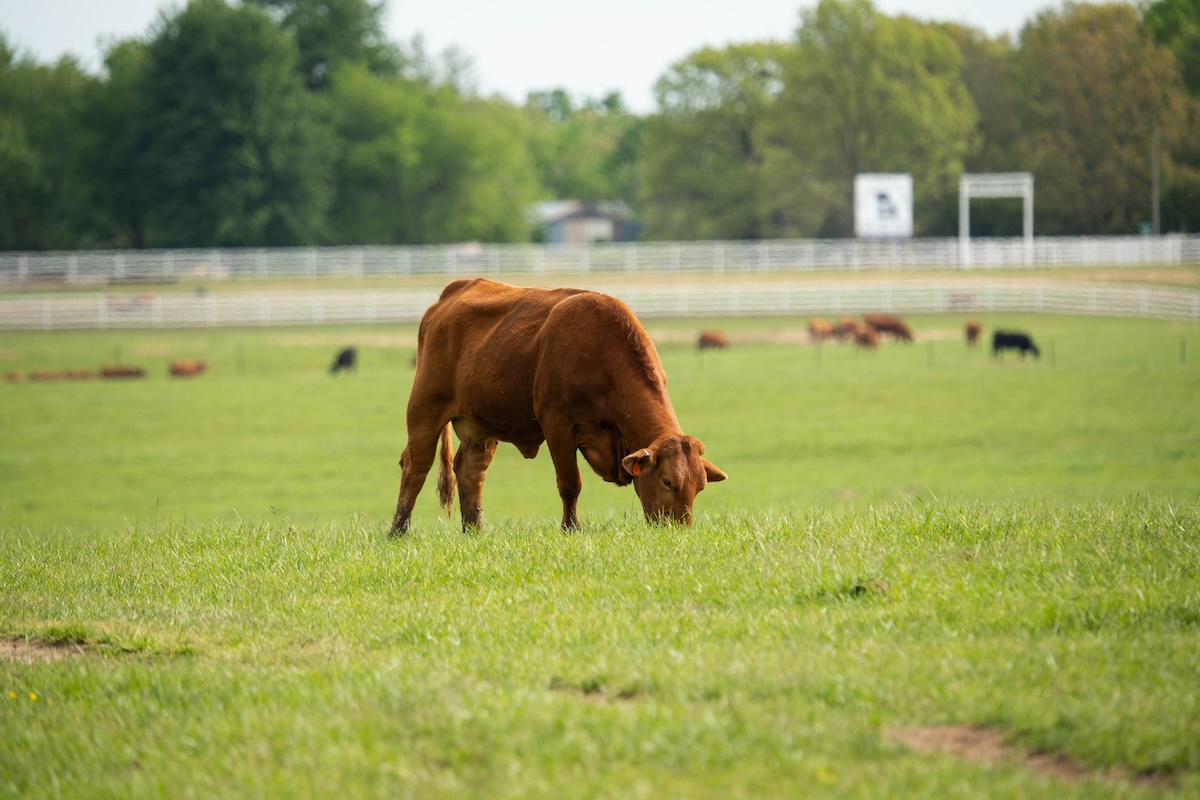
Indoor Agriculture Settings
Indoor agriculture settings aren’t completely new. In fact, greenhouses have been around for quite some time. That said, the scale at which these indoor facilities are being used is increasing at an unprecedented rate. This practice is often referred to as controlled environment agriculture, or CEA.
Today, these vertical farming operations establish a layering system. Essentially, rather than covering a widespread acreage, rack systems are used to double, triple, or otherwise increase how much crops can be grown over the same acreage.
Of course, this has other benefits in addition to minimization of needed acreage and land usage. First, this method offers controlled humidity, lighting, temperature, etc. Also, it mitigates undesirable climate shifts. It even reduces unwanted weather impacts, prevents catastrophic weather damage, optimizes water consumption, and more. In summary, it allows for year-round crop growth.
Remote Monitoring
As previously stated, drones are used for remote monitoring of crops and livestock. Drones aren’t the only tools, though. Installed camera systems can conduct routine monitoring of crop and livestock production. Software and computer systems are used to monitor dairy health and cleanliness, crop yields during harvest time, and much more. Overall, remote monitoring is used to ensure ag businesses thrive and stay on track.
Robotic Harvesters, Weeders, Etc.
As industries continue moving away from manual labor, robotics increasingly integrate into tasks once requiring flesh-and-blood manpower. Examples include robotic planters, weeders, harvesters, and more. These systems require up-front investments. However, at scale, these increase productions, yields, and overall profits.
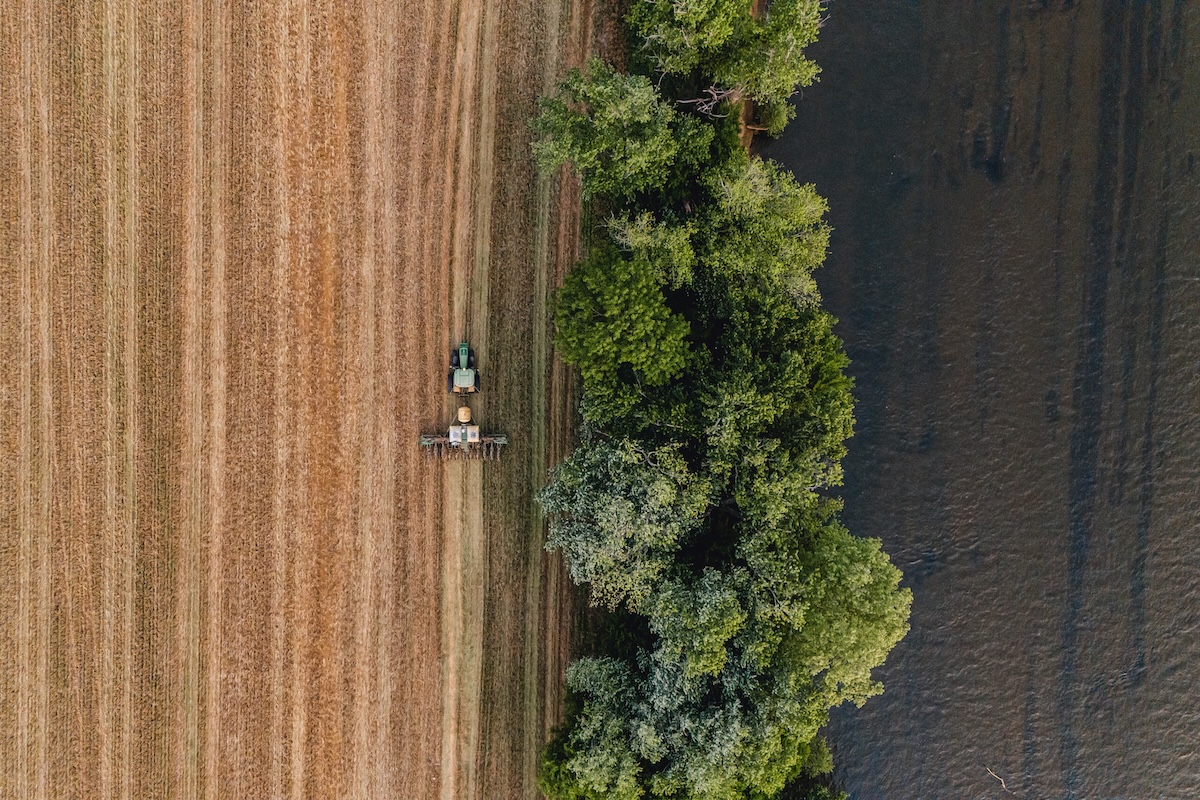
Smart Irrigation Systems
One of the most important elements in agriculture, proper irrigation can be a limiting factor. Now, installation of smart irrigation systems can remove this issue and ensure crops receive the proper irrigation. With proper implementation, this is one less problem farmers don’t have to worry about.
Tractor and Implement Upgrades
As more technological advancements arrive, more are integrated into tractor and implement upgrades. For example, John Deere continues to introduce more tech into its lineup of products. Today, it has complete lines of autonomous, or hybrid systems that offer partial autonomy.
All things considered, the ag world continues to change, and with it, an improving future. Top tech innovations are changing land use. But one thing will never change — the need for land. That’s where Ranch & Farm Auctions comes into play.
For landowners looking to sell at auction, contact Ranch & Farm Auctions. We can answer questions and help with your auctioneering needs. For investors looking to buy, attend an upcoming auction. The future is now, and your future just might be found in an auction near you.
Published on 2025-07-09